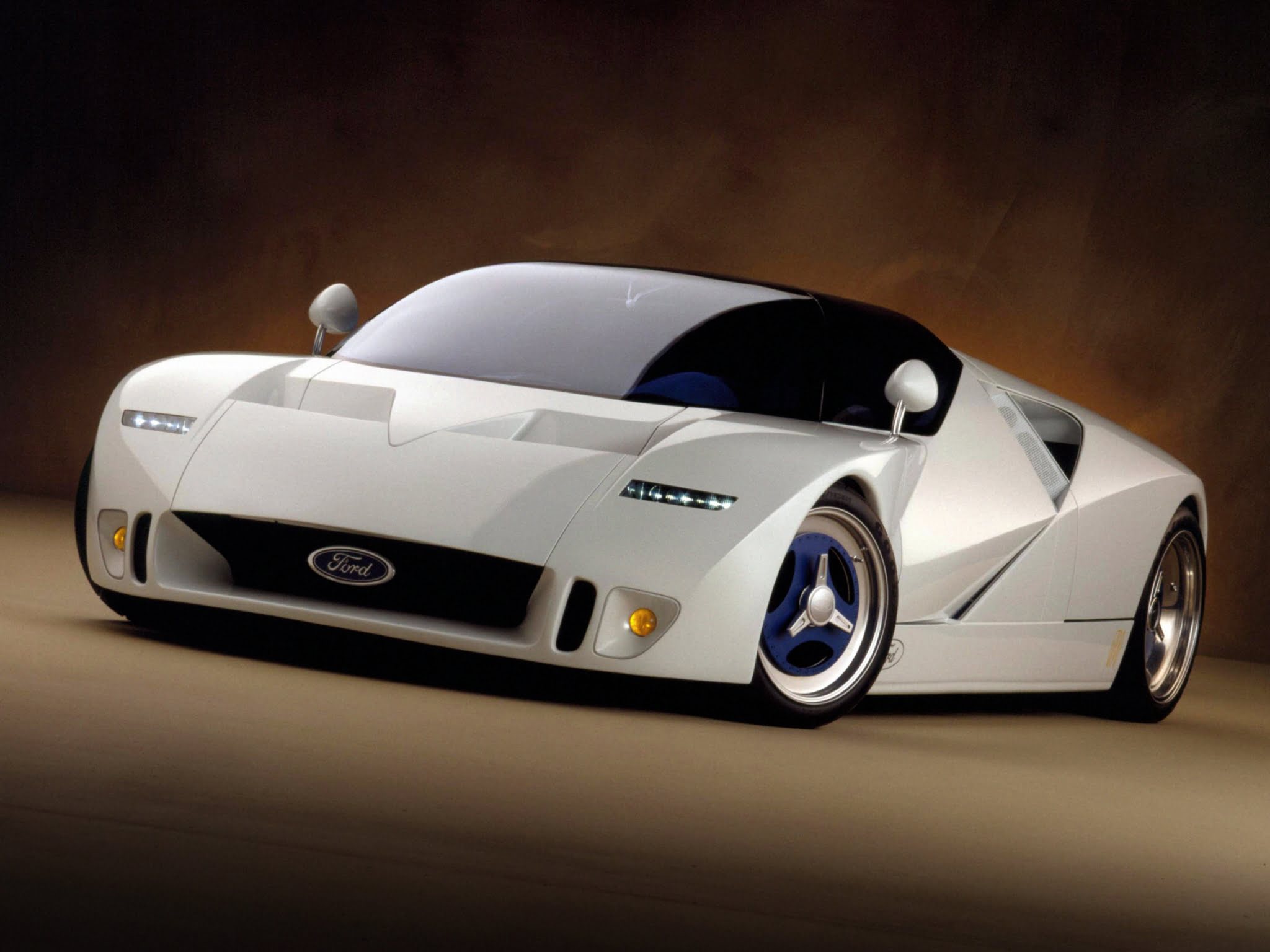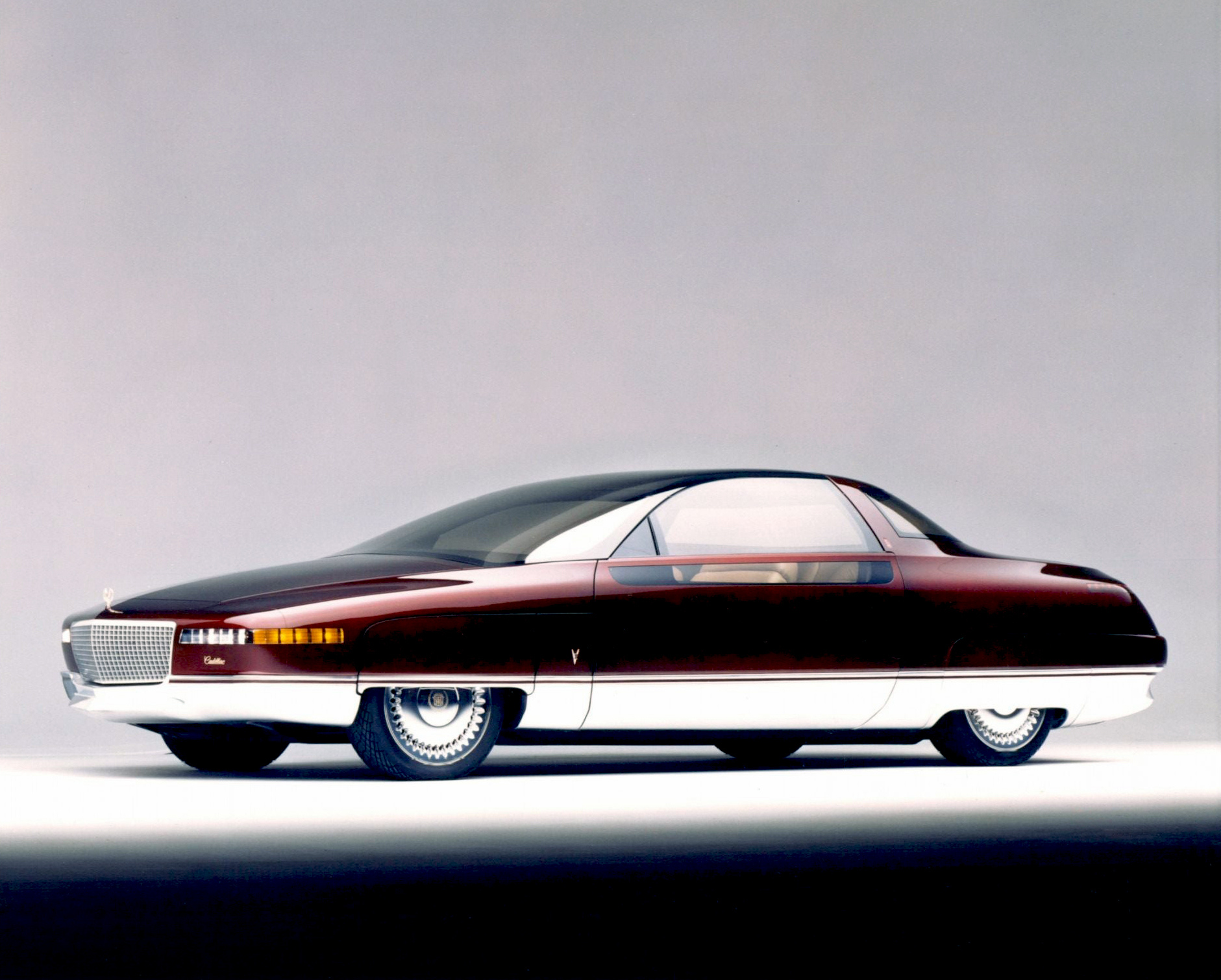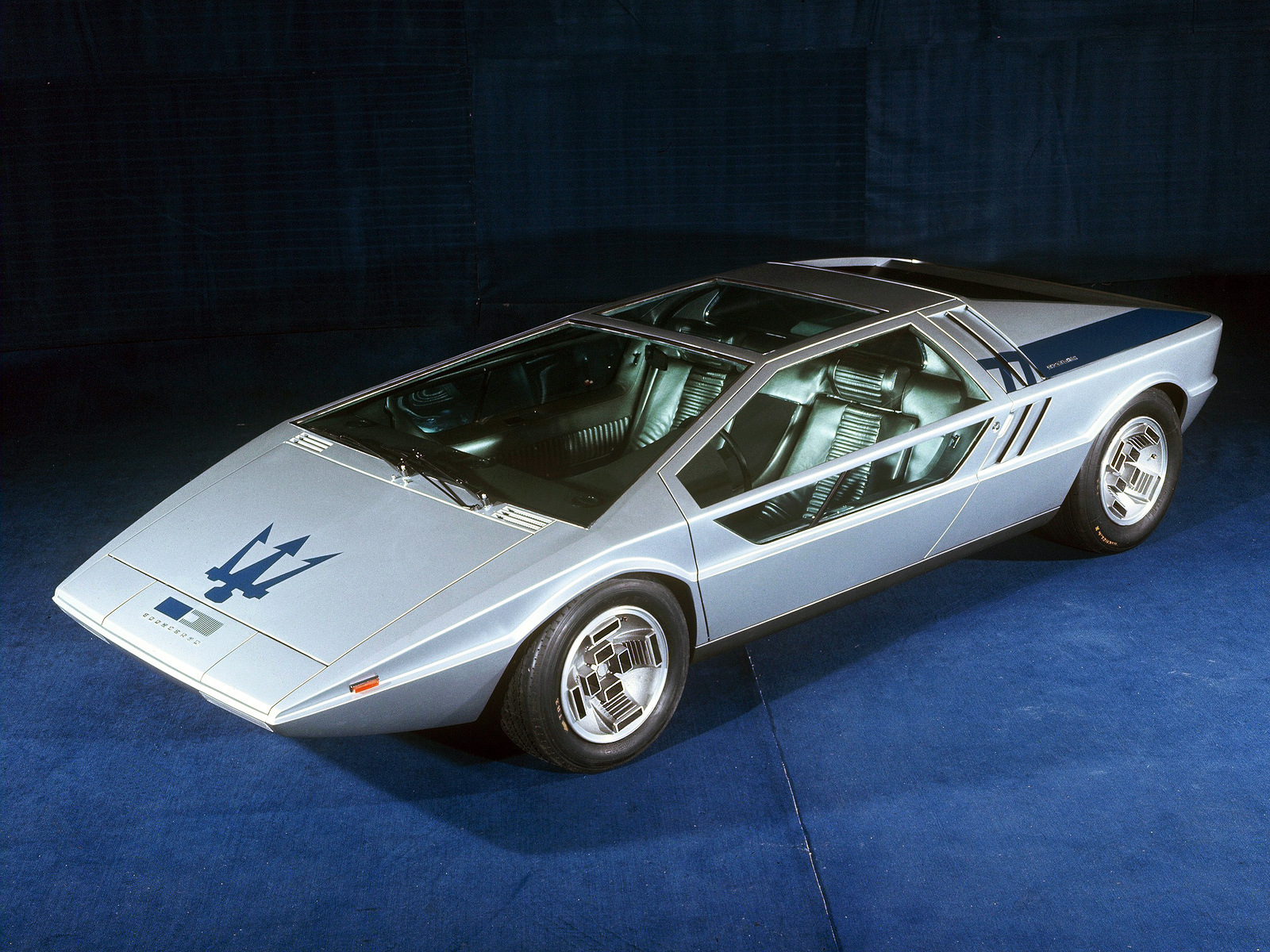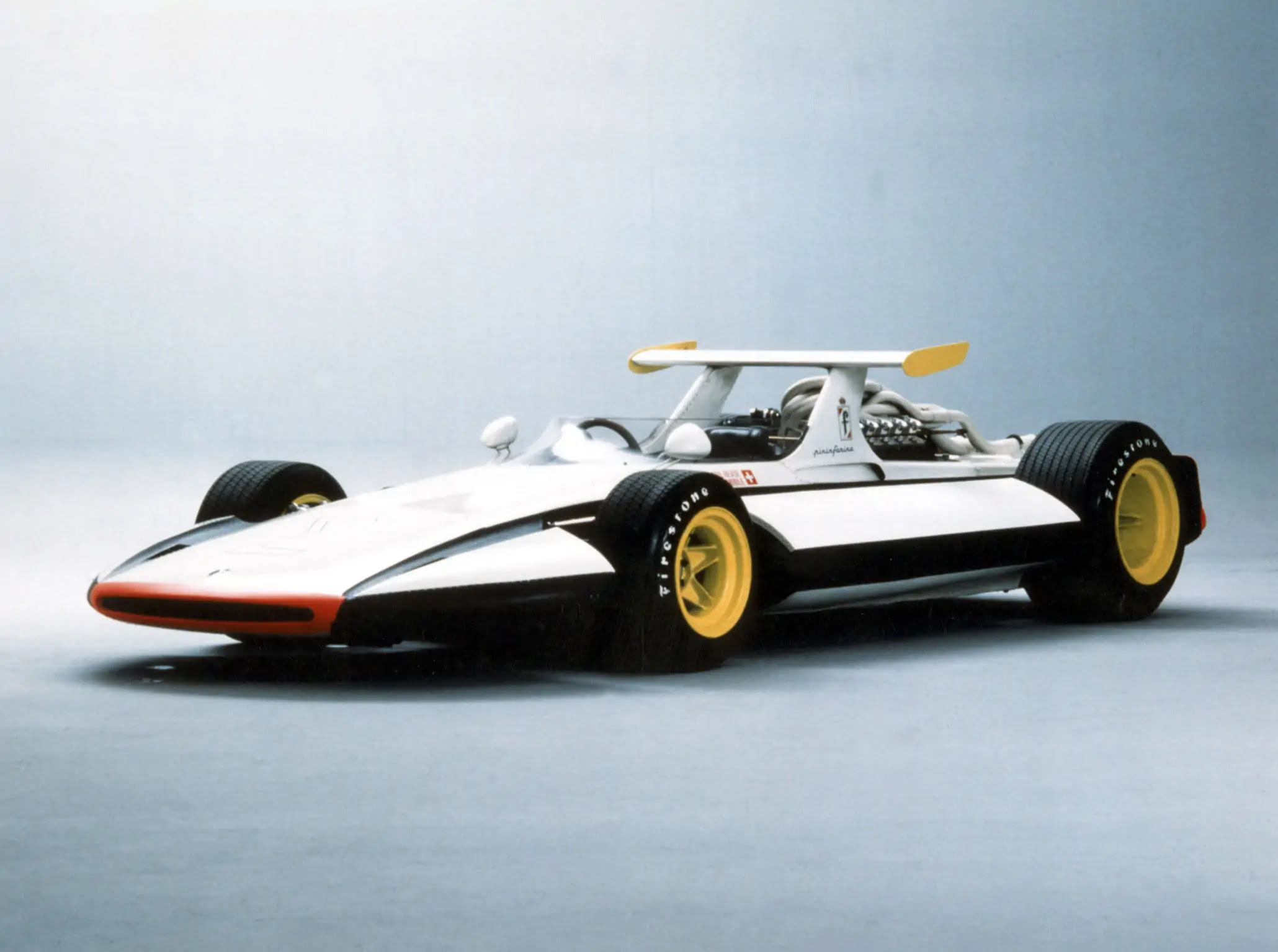Lone Stars: the Nineties
15 July 2023 2 min read 5 images

Automotive design milestones are often one-offs. Lorenzo Ramaciotti guides us through a remarkable story.
Register to unlock this article
Signing up is free and gives you access to hundreds of articles and additional benefits. See what’s included in your free membership. See what's included in your free membership.
Already have an account? Log In


